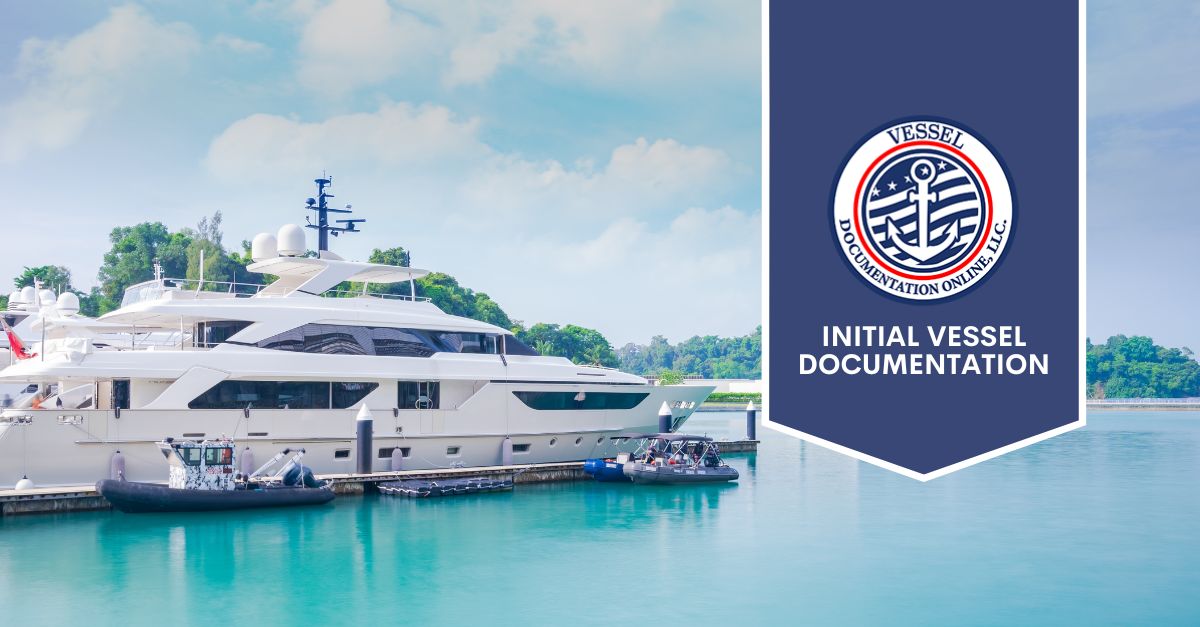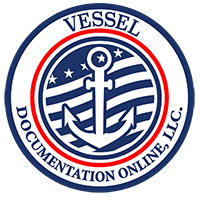
It is critical to ensure that you have all the required papers in place if you are the proud owner of a sailboat. This requires you to ensure that the initial vessel documentation is processed with the Coast Guard of the United States (USCG). When you take these precautions, you are helping to safeguard both your person and your property in the case of a mishap or an incident. In this section, we will walk you through the fundamentals of USCG boat registration and the steps you need to do to get started. There’s a chance that even the most seasoned boat owners won’t know the requirements for initial vessel documentation. When you acquire a vessel, there are specific procedures you must go through to ensure that your boat ownership is correctly recorded. The following is a rundown of the steps that need to be taken before you can get started.
Get A Hull Identification Number (HIN) From the Coast Guard
The requirement to get a Hull Identification Number (HIN) from the Coast Guard is one of the most typical requests that come through our doors here at the US Vessel Documentation Center. You don’t have to pay for it, but there are a few steps to go through before you can have it. Complete the inquiry form that may be found on this page by providing your name, address, and any other pertinent information on your ship.
If you wish to, you may also add information about your marina. When you are done, click the “Submit” button. Within seven days of receiving your request, the United States Coast Guard will mail you an application along with detailed instructions on how to complete everything. They will send it to the address they have on file for you in their database; this is where it will be sent. When filling out this form, it is recommended that you provide a physical postal address rather than an email address since they may not have an updated email address.
Process Your Initial Vessel Documentation or Registration with The State(S) Where It Will Be Primarily Used
The next step that you need to do is to register it with the state (or states) in which it will be used most often. Your first order of business will be to figure out how to register your vessel in those states since the licensing procedures for each state are different from one another. After you have been registered, you will be able to get all of the necessary papers to satisfy the USCG’s documentation requirements. If you are unsure where your vessel will be used most of the time, or if you would like to register it with multiple states, you may want to speak with an attorney or get in touch with us about the appropriate way to go about doing so. If you are unsure where your vessel will be used most of the time, or if you would like to register it with multiple states, click here.
Apply For Approval of Your International Yacht Registration, If Applicable
The initial vessel documentation application procedure with the US Vessel Documentation Center might initially be a bit intimidating. Still, our team is lovely, and assists make it as simple as possible to complete. You have to ensure everything is in order; otherwise, they will send your application to the back of the queue and bring yours to the front. After they have permitted you to submit your application for the USCG vessel documentation, you will be required to fill out a few papers and send them along with some additional proof to back up your claim. Ensure to keep in mind that everything must be communicated in the English language, and everything that is communicated in a language other than English must be translated into English by a proficient person.
Have Your Vessel Surveyed and Approved by The Coast Guard Marine Safety Office
The Coast Guard’s Marine Safety Office is the next stage in documenting your vessel according to maine.gov. The surveyor will inspect safety equipment, draft marks, and other relevant information. To ensure that your plans for the boat are in line with federal and state regulations, a marine safety examiner will consult with you when the survey is complete and go over all of the material, including any supporting documents (if any) from the state and local authorities. Additionally, you may be asked to present evidence of insurance or citizenship at this time. Following these steps once will make the process much simpler the second time around. Find out more about what you might anticipate when you meet with the maritime safety examiner by spending some time on the US Vessel Documentation Center website.
If you have a vessel over 79 feet long and need to get it documented by the U.S. Coast Guard, you’ll need to contact the Contact U.S. Vessel Documentation Center at (800) 340-7580 for more.



